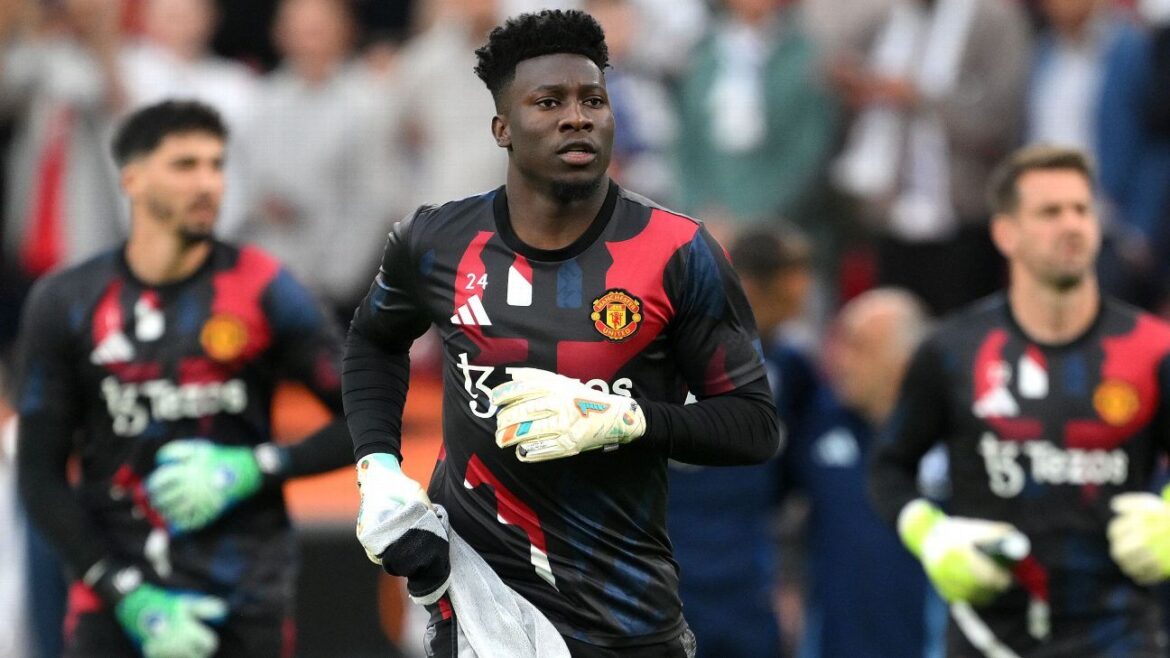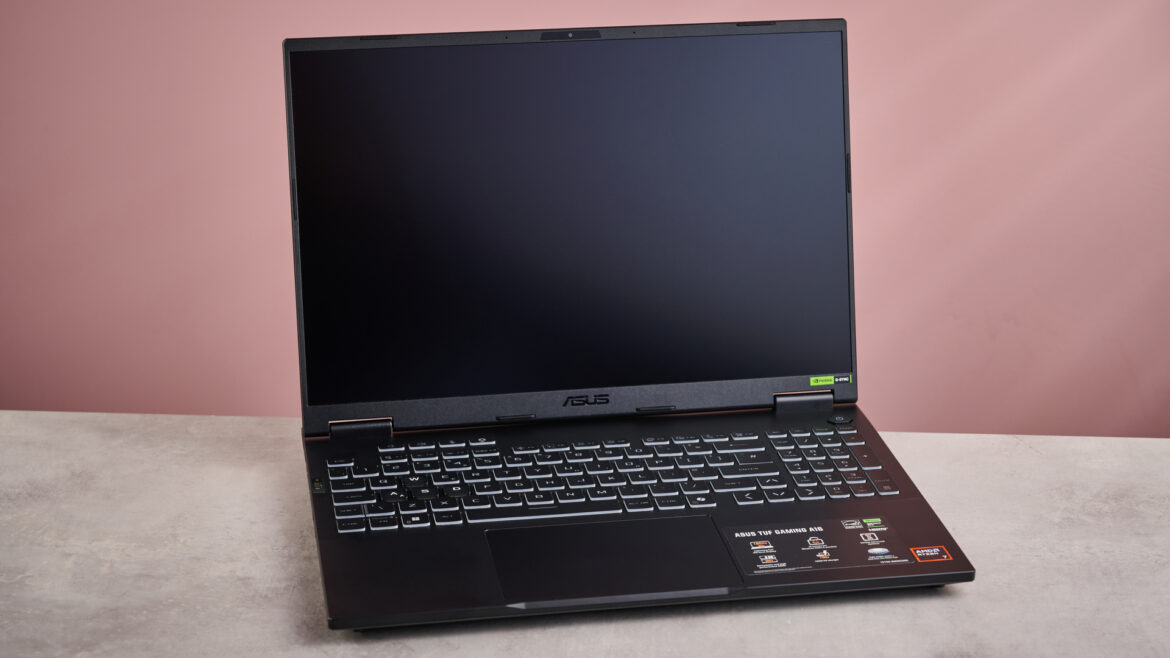Decentralized oracle network Chainlink is working with 24 of the world’s largest financial institutions to overhaul how corporate actions, such as dividends, stock splits, and mergers, are processed across global markets.
Chainlink ran a pilot with SWIFT, DTCC, Euroclear and six other financial institutions. It leveraged a combination of its blockchain-based and artificial intelligence (AI) to ingest and validate real corporate action events in multiple languages.
That led to the production of unified data containers, known as golden records, in near real time, according to a press release shared with CoinDesk.
These records were distributed simultaneously to blockchain networks and legacy systems like the interbank messaging system SWIFT, significantly reducing manual work and the risk of error.
The process used a blend of large language models, including OpenAI’s GPT, Google’s Gemini, and Anthropic’s Claude, to extract structured data from unstructured corporate action announcements. These were then published as unified gold records on-chain to create a “single source of truth that all participants can easily access, verify, and build upon.”
Chainlink’s Runtime Environment (CRE) validated model outputs, while its interoperability protocol (CCIP) relayed data to blockchains, including Avalanche and DTCC’s private network.
Data attesters cryptographically attested the outputs and contributed to potentially missing data fields. According to Chainlink, the system achieved a near 100% data consensus across all test events.
The current system for processing corporate actions is costly. Citi’s 2025 Asset Servicing report shows that the average corporate action touches 110,000 interactions and costs $34 million to process. The global financial industry is now spending an estimated $58 billion annually in processing corporate actions.










